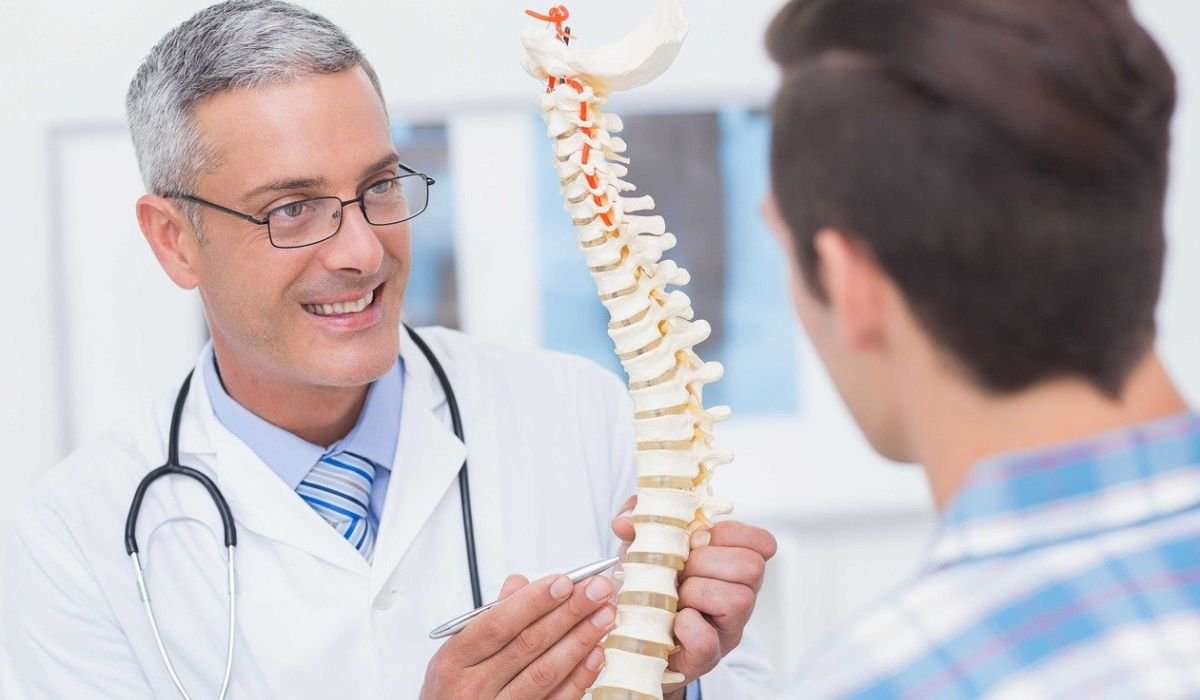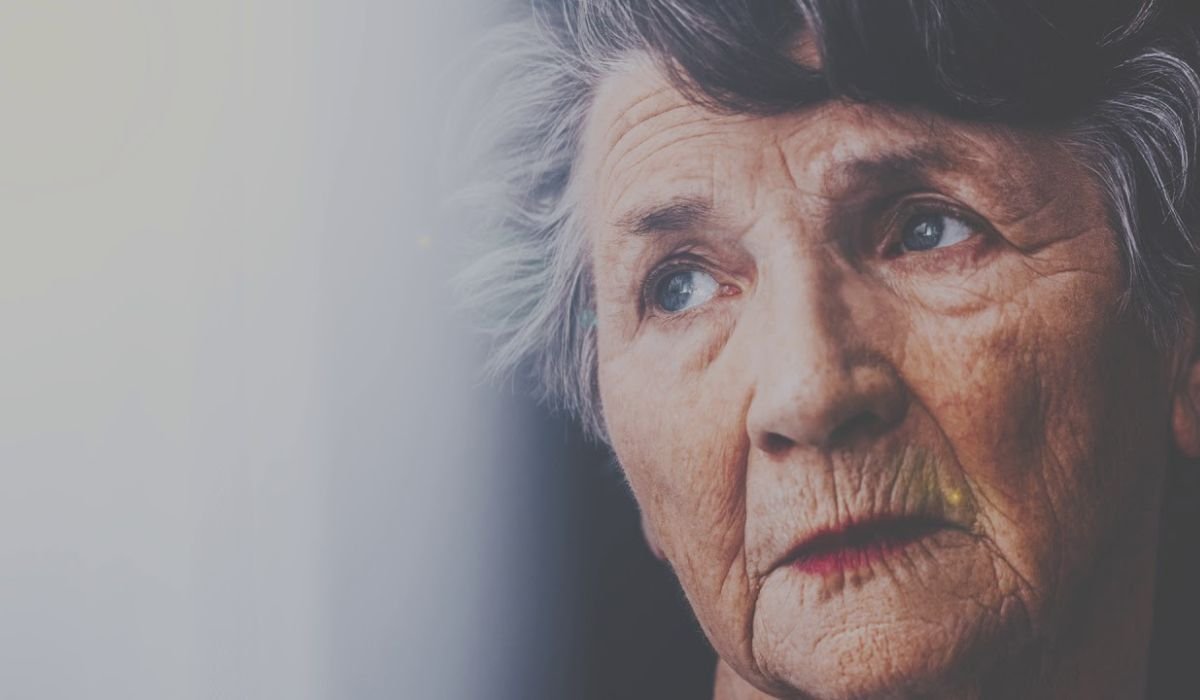Introduction to Andrigolitis Exploring the Definition and Origin
Have you heard of andrigolitis? If not, you’re not alone. The term might sound unfamiliar, but it’s gaining attention across various discussions due to its impact on people’s lives. Andrigolitis is a condition that’s drawing the interest of researchers, healthcare professionals, and individuals alike. But what exactly is andrigolitis, and where did it come from?
Andrigolitis is a relatively new term that describes a condition or phenomenon affecting individuals of all ages. Its origins are somewhat obscure, but it’s believed to have emerged from a combination of linguistic roots and scientific studies. The name itself might conjure images of ancient maladies, but rest assured, it’s a modern concept that resonates with today’s world.
In this blog post, we’ll explore the essence of andrigolitis, its relevance in contemporary society, and how it affects different age groups. From understanding its basic definition to uncovering its significance, we’re here to shed light on this intriguing topic. Whether you’re a concerned parent, a curious student, or someone interested in health-related matters, join us as we unravel the layers of andrigolitis and its implications.
The Importance of Andrigolitis in Modern Society
In today’s fast-paced world, conditions like andrigolitis have surfaced as significant points of discussion. But why is andrigolitis important in modern society? The answer lies in its widespread impact and the challenges it presents to individuals and communities.
First and foremost, andrigolitis has become a subject of study due to its potential effects on mental and physical well-being. In a time when self-awareness and health take center stage, understanding conditions like andrigolitis becomes crucial. It offers insights into how individuals can better manage their lives and maintain balance amidst the demands of contemporary existence.
Furthermore, andrigolitis holds relevance in the healthcare landscape. The increasing awareness of this condition prompts healthcare professionals to explore avenues for prevention, diagnosis, and treatment. From mental health practitioners to medical researchers, the quest to comprehend andrigolitis drives innovation and progress within the field.
Lastly, society at large benefits from conversations around andrigolitis. By fostering dialogue and educating people about its implications, communities can promote empathy, support, and inclusivity. Recognizing that andrigolitis affects individuals differently encourages a collective effort to create environments where everyone can thrive.
How Andrigolitis Impacts Different Age Groups
The influence of andrigolitis spans across age groups, each experiencing its effects uniquely. From children to seniors, the condition manifests in diverse ways, making it a topic of interest for individuals of all ages.
Children and Adolescents
In younger populations, andrigolitis may manifest as behavioral changes or difficulties in adapting to social environments. Parents often notice shifts in their child’s mood or behavior, prompting further exploration into underlying causes. Addressing andrigolitis early on can lead to better outcomes and improved quality of life for young individuals.
Adults and Working Professionals
For adults, andri golitis might present as stress, burnout, or a sense of overwhelming pressure from daily responsibilities. Balancing work, family, and personal commitments can become challenging, leading to feelings of fatigue and dissatisfaction. Recognizing andrig olitis in adults allows them to seek appropriate support and make informed decisions about their well-being.
Seniors and the Elderly
Among seniors, andrigol itis may correlate with decreased physical activity, isolation, or cognitive challenges. The transition into retirement or changes in daily routines can trigger symptoms that affect their quality of life. Understanding andri golitis in seniors enables caregivers and family members to provide the necessary care and companionship.
Strategies to Manage Andrigolitis in Daily Life
Managing andrig olitis requires a proactive approach that involves lifestyle adjustments, self-awareness, and seeking support. Here are some strategies to consider:
Prioritize Self-Care
One of the most effective ways to combat andrigo litis is by making self-care a priority. This includes setting aside time for relaxation, hobbies, and activities that bring joy. Establishing healthy boundaries and ensuring adequate rest contribute to overall well-being.
Practice Mindfulness and Meditation
Mindfulness techniques, such as meditation and deep breathing exercises, can help individuals center their thoughts and reduce stress. These practices encourage living in the present moment, fostering a sense of calmness and reducing the impact of andrig olitis-related stressors.
Seek Professional Support
If andrigo litis significantly impacts daily life, seeking professional support is essential. Mental health professionals, counselors, and therapists can offer guidance, coping strategies, and interventions tailored to individual needs. Don’t hesitate to reach out for help when needed.
Andrigolitis and Its Connection to Mental and Physical Health
The link between andrigo litis and mental and physical health is a crucial aspect to explore. Understanding how this condition influences both dimensions sheds light on its comprehensive impact.
Mental Health Implications
Andri golitis can affect mental health by contributing to anxiety, depression, or feelings of inadequacy. The constant demands of modern life can exacerbate these symptoms, making it essential to address them proactively. Cultivating a positive mindset and practicing self-compassion are valuable tools in managing mental health.
Physical Health Considerations
On the physical front, andrig olitis may manifest as fatigue, pain, or reduced mobility. These symptoms can impact daily activities and overall quality of life. Engaging in regular physical activity, maintaining a balanced diet, and staying hydrated are foundational steps towards managing physical health.
Holistic Approaches
Adopting a holistic approach that considers both mental and physical health is key to effectively managing andrig olitis. Integrating practices such as yoga, tai chi, or aromatherapy can provide a well-rounded approach to well-being.
You May Also Like: The Role of 85000031513 in a Digital World
Conclusion
In conclusion, andri golitis represents a multifaceted condition that requires careful attention and understanding. Its impact spans various aspects of life, affecting individuals of all ages. By recognizing its significance and exploring effective strategies, we can pave the way for improved well-being and quality of life.
The future of andrigol itis research holds promise, with ongoing efforts to uncover deeper insights and innovative solutions. Through collaboration among researchers, healthcare professionals, and communities, we can create a world where individuals can thrive despite the challenges posed by andrigoli tis. Let’s continue to raise awareness, foster empathy, and work together towards meaningful resolutions.
FAQs About Andrigolitis
- What is andrigolitis, and how does it affect individuals?
Andrigolitis is a condition impacting mental and physical well-being. It varies across age groups, causing stress, fatigue, and emotional struggles.
- How can mindfulness help manage andrigolitis?
Mindfulness practices like meditation center thoughts, reduce stress, and promote calmness, aiding in managing andrigolitis-related challenges.
- Is professional support necessary for dealing with andrigolitis?
Yes, seeking professional support from therapists or counselors provides guidance, interventions, and coping strategies tailored to individual needs.
- What role does physical activity play in addressing andrigolitis?
Regular physical activity enhances physical health, boosts mood, and helps manage fatigue, contributing to overall well-being.
- What are some holistic approaches for managing andrigolitis?
Holistic methods like yoga, tai chi, and aromatherapy provide a well-rounded approach to well-being, addressing mental and physical aspects.











